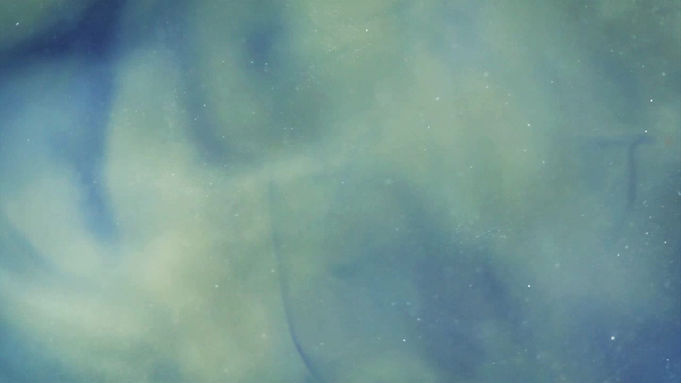Transforming Your Visuals with Colour Correction in Premiere Pro
- Sticky Tape Productions
- Apr 4
- 4 min read

Transforming Your Visuals with Colour Correction in Premiere Pro
In the world of media production, colour correction serves as the foundation for creating visually stunning content. Whether you’re an editor starting your colour correction journey, a business professional seeking high-quality media production services, or a production company considering outsourcing your post-production, understanding the essentials of colour correction is vital to producing polished, professional visuals.
At Sticky Tape Productions, we specialize in post-production services, including advanced colour correction. In this blog, we’ll guide you through the essentials of colour correction in Adobe Premiere Pro, offering practical tips and insights to help you create balanced, natural-looking footage.
---
What is Colour Correction?
Colour correction is the process of adjusting your video’s colour, exposure, and white balance to ensure it looks accurate and natural. Unlike colour grading, which focuses on creating a specific aesthetic or mood, colour correction is about fixing technical issues to provide a clean and neutral starting point for further creative enhancements.
---
Why Colour Correction Matters
1. Consistency: Ensures all clips in a sequence match in terms of lighting, colour, and exposure.
2. Professionalism: Correctly balanced footage looks polished and visually appealing.
3. Foundation for Grading: Proper correction prepares your footage for creative colour grading if needed.
4. Realism: Accurate colours make your visuals more natural and believable.
---
Getting Started with Colour Correction in Premiere Pro
Premiere Pro offers powerful tools to help you correct your footage effectively. Here’s how to get started:
Step 1: Organize Your Workflow
Before diving into corrections, organize your clips and sequences. Label your footage, group similar shots together, and create a dedicated sequence for correction tasks. This keeps your workflow efficient and manageable.
Step 2: Use the Lumetri Color Panel
The Lumetri Color panel in Premiere Pro is your primary tool for colour correction. It’s divided into several sections:
- Basic Correction: Adjust white balance, exposure, contrast, highlights, shadows, whites, and blacks.
- Scopes: Use Waveform, Vectorscope, and Histogram to analyze your footage and ensure proper balance.
---
Intermediate Techniques for Precise Colour Correction
Once you’ve mastered the basics, move on to these intermediate techniques for more refined corrections:
1. Adjust White Balance
Incorrect white balance can make your footage look unnatural. Use the White Balance Selector tool in the Basic Correction tab to quickly correct any colour temperature issues. You can fine-tune the Temperature and Tint sliders for precision.
2. Fix Exposure Issues
Underexposed or overexposed footage can ruin the quality of your video. Adjust the Exposure, Highlights, Shadows, Whites, and Blacks sliders to find the perfect balance. Use the Waveform scope to ensure your highlights and shadows are within the correct range.
3. Normalize Contrast
Proper contrast ensures your footage looks dynamic rather than flat. Use the Contrast slider to achieve the right balance between light and dark areas. Avoid overdoing it, as excessive contrast can obscure details.
4. Match Colours Across Clips
When working with multiple clips, ensure they all share the same colour balance. Premiere Pro’s Comparison View and Color Match tool make it easy to match colours between shots for seamless transitions.
5. Use Curves for Fine Adjustments
The RGB Curves tool allows you to fine-tune specific areas of your footage. For example:
- Use the Luma Curve to adjust brightness levels.
- Adjust individual RGB channels to fix colour imbalances.
---
Pro Tips for Colour Correction Success
1. Shoot in Flat Profiles: If possible, shoot in a flat or log profile to retain maximum detail for correction.
2. Use Lumetri Scopes: Scopes provide objective data to help you make precise corrections.
3. Work in Adjustment Layers: Apply corrections to an adjustment layer rather than individual clips for efficiency.
4. Keep It Natural: Aim for realistic colours that reflect how the scene would appear to the human eye.
5. Don’t Overcorrect: Subtle adjustments often yield the best results. Overcorrection can make footage look artificial. Although sometimes a dynamic look can be preferred, be mindful when applying bolder corrections to keep the footage looking realistic.
---
When to Outsource Colour Correction
While Adobe Premiere Pro makes colour correction accessible, it can still be a time-intensive process requiring a trained eye for detail. If you’re a business professional or media production company looking to save time and ensure flawless results, outsourcing to experts like Sticky Tape Productions can make all the difference. Our team uses advanced tools and techniques to deliver perfectly balanced visuals tailored to your project.
---
Final Thoughts
Colour correction is a critical step in the post-production process, laying the groundwork for professional, visually striking content. By mastering the tools and techniques in Adobe Premiere Pro, you can ensure your footage looks polished and natural, ready to captivate your audience.
At Sticky Tape Productions, we’re passionate about helping our clients achieve exceptional results through our specialized post-production services, including colour correction. For more information or to discuss your next project, visit our website at www.stickytapefilms.com or contact us at team@stickytapefilms.com.
Transforming Your Visuals with Colour Correction in Premiere Pro


Comentarios